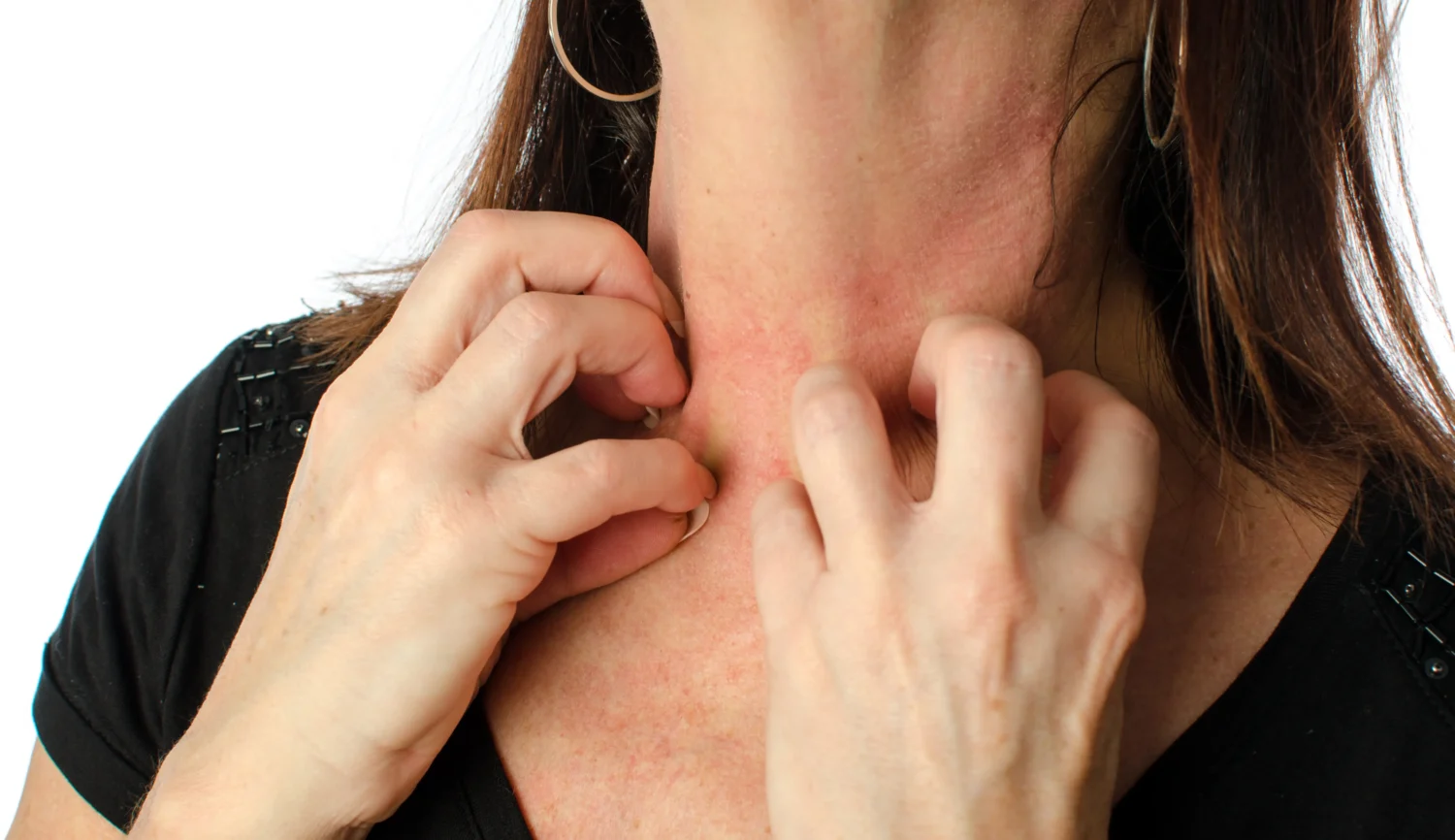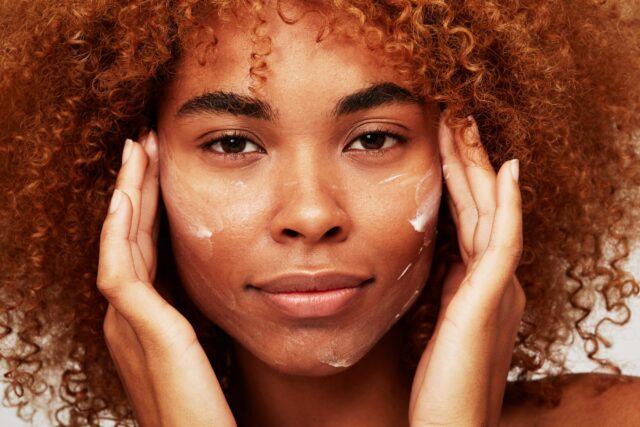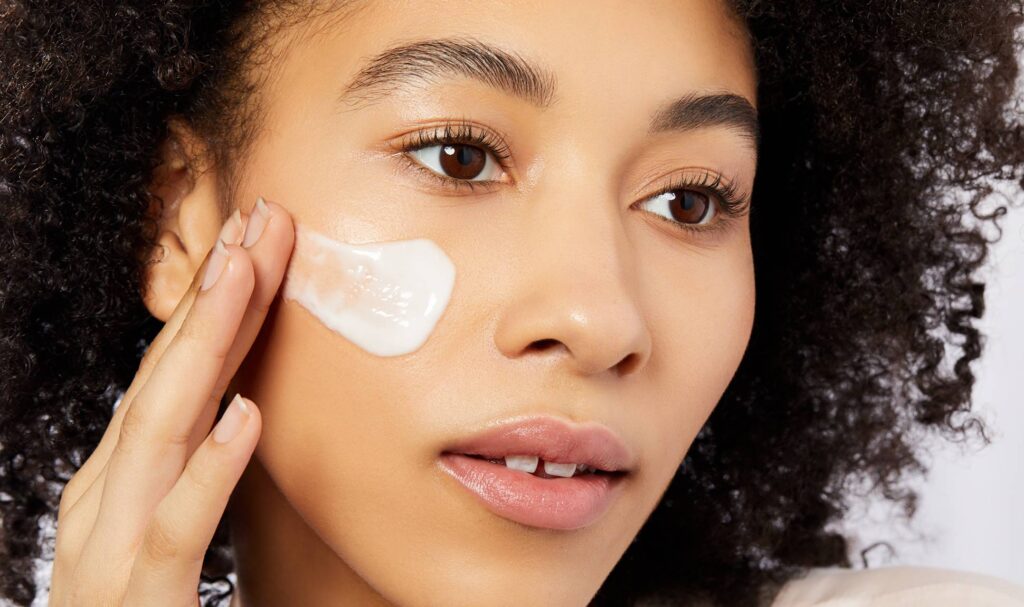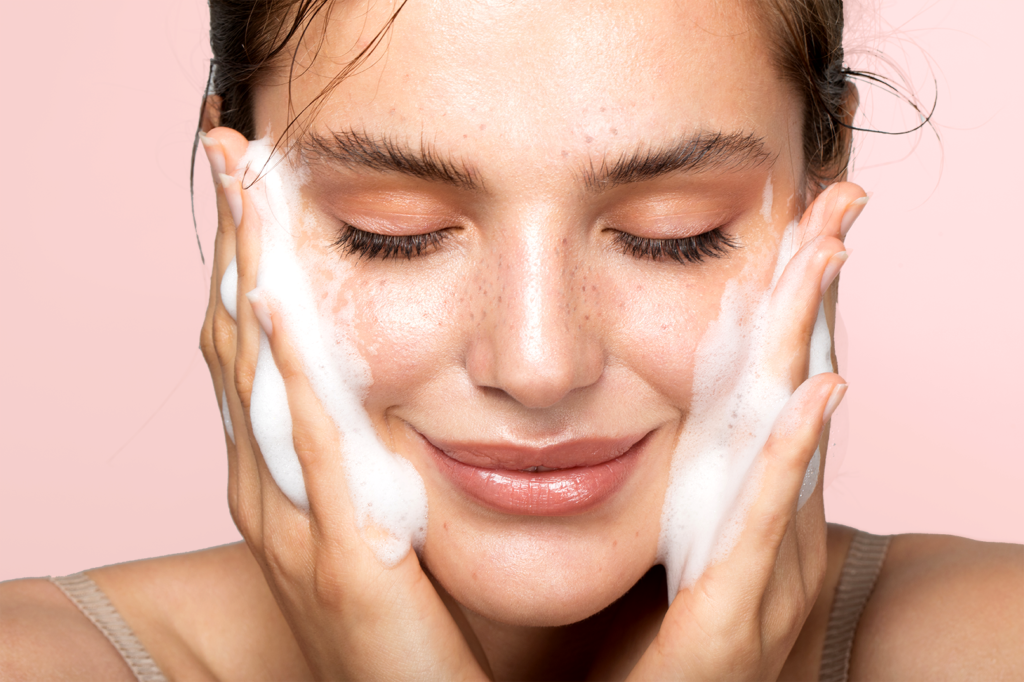
Topical steroid withdrawal (TSW), also known as Red Skin Syndrome, is a clinical adverse event that arises from the abrupt discontinuation of topical corticosteroids after prolonged usage. It is characterized by red, itchy, burning skin that can appear after the cessation of topical steroids. This article aims to explore the available data on this topic and consider the prospects for reversing topical steroid withdrawal.
Understanding the Condition

Long-term use of topical corticosteroids can lead to skin dependence, and upon cessation, TSW may occur. The skin responds to the absence of steroids by becoming inflamed, causing symptoms like erythema (redness), scaling, and severe itching. These symptoms can last from weeks to even years, depending on the individual’s skin condition, the potency of the steroids used, and the duration of their use.
Is Reversal Possible?
Based on scientific understanding as of 2021, there is no known fast-tracked method to reverse TSW completely. However, managing the symptoms and promoting skin health over time may aid in recovery. It is important to understand that topical steroid withdrawal is essentially a process of the skin readjusting to the absence of external steroids.
Therapeutic Strategies

A combination of strategies has shown promise in managing TSW symptoms. These include:
Moisturizing – Regular and intensive moisturizing can help soothe the skin and prevent further damage due to dryness.
Wet Wrap Therapy – This involves applying a moisturizer and then wrapping the skin with wet bandages to help it absorb better.
Balanced Diet – A diet rich in antioxidants and essential fatty acids can aid in skin health and inflammation control.
Mind-Body Techniques – Practices such as meditation, yoga, and stress management techniques can help in managing the anxiety and depression that may be associated with TSW.
It is worth noting that none of these are quick fixes, and the road to recovery from TSW often involves patience, persistence, and coping mechanisms. It is hardly an overnight response as the body needs time and the right combinations of therapies and strategies. It is also highly subjective and individual as different people respond differently.
Medication and Medical Therapies

In some cases, doctors may prescribe non-steroidal medications to manage severe symptoms. These may include antihistamines to control itching and, in some cases, immunosuppressants to manage inflammation. However, the use of such medications should be under the guidance of a medical professional, considering the potential side effects.
Newer therapies like phototherapy, where the skin is exposed to ultraviolet light under medical supervision, have shown some promise in managing TSW. However, more research is needed to establish their efficacy and safety profiles conclusively.
Looking Forward: The Promise of Research
The field of dermatology is ever-evolving, with research continually shedding light on how the skin operates and responds to various conditions and treatments. It’s hoped that future studies will provide a more definitive approach to reversing it.
This is a complex condition and involves more than just the skin—it has far-reaching impacts on individuals’ quality of life. Understanding the mechanisms underlying this condition can potentially pave the way for targeted therapies, preventive strategies, and perhaps even the full reversal of TSW.
Summary

The reversal of TSW largely involves managing symptoms and supporting the skin’s natural healing process. As research progresses, it is safe to say that new, more effective therapies emerge. Meanwhile, it’s critical that patients understand the potential risks associated with long-term topical steroid use and discuss these with their healthcare providers. Prevention, after all, remains the best cure as is the case with many similar things.













